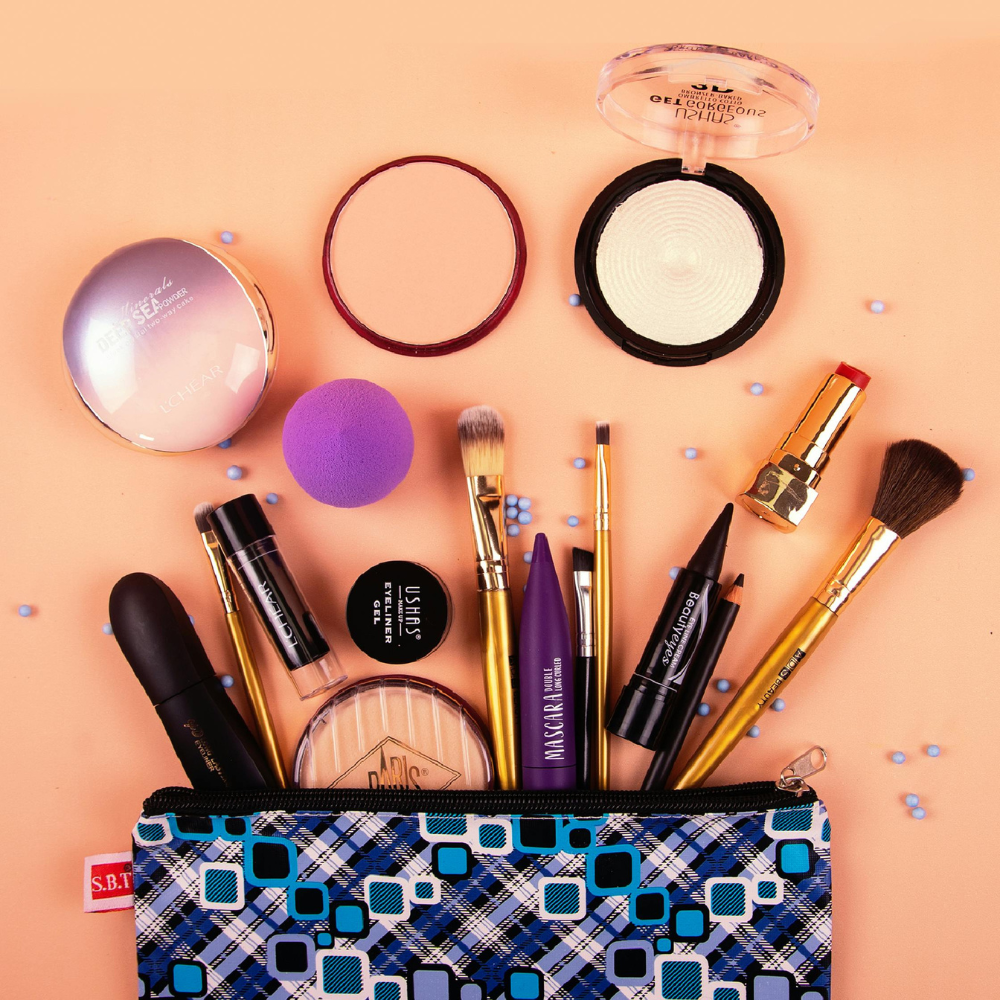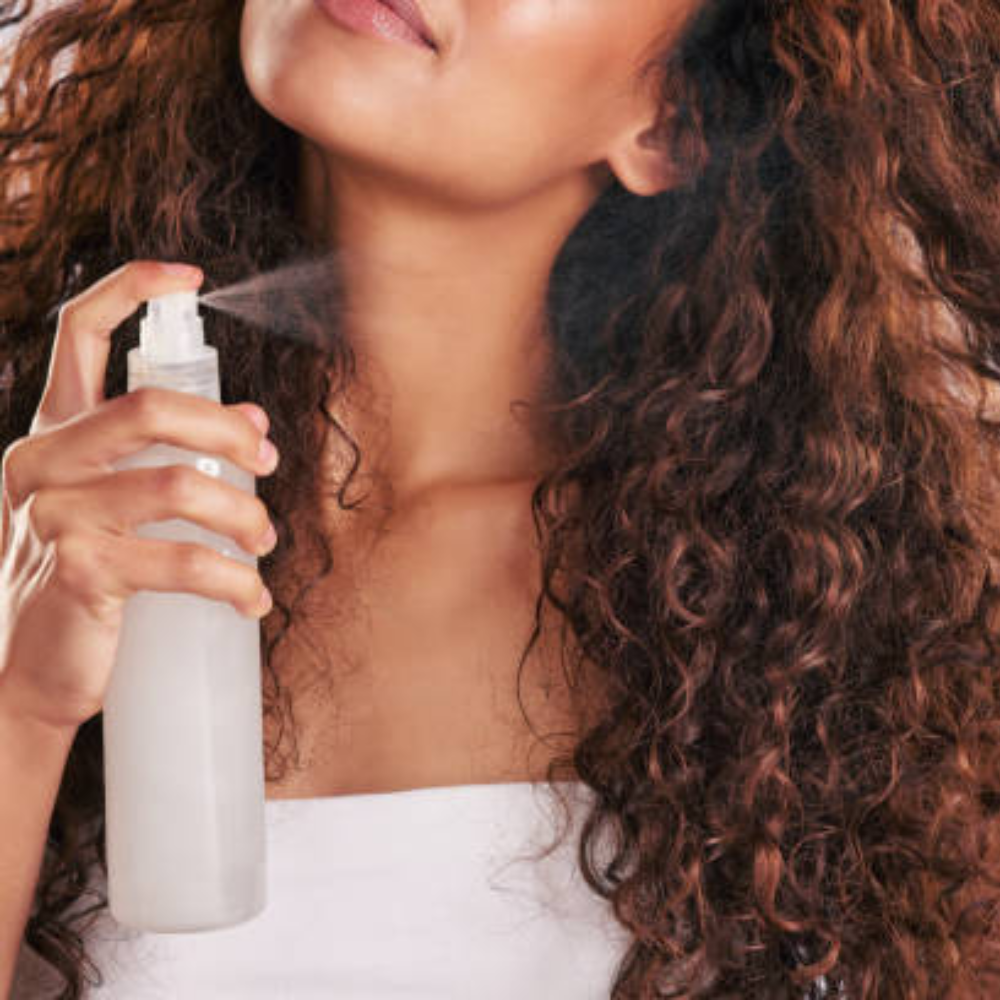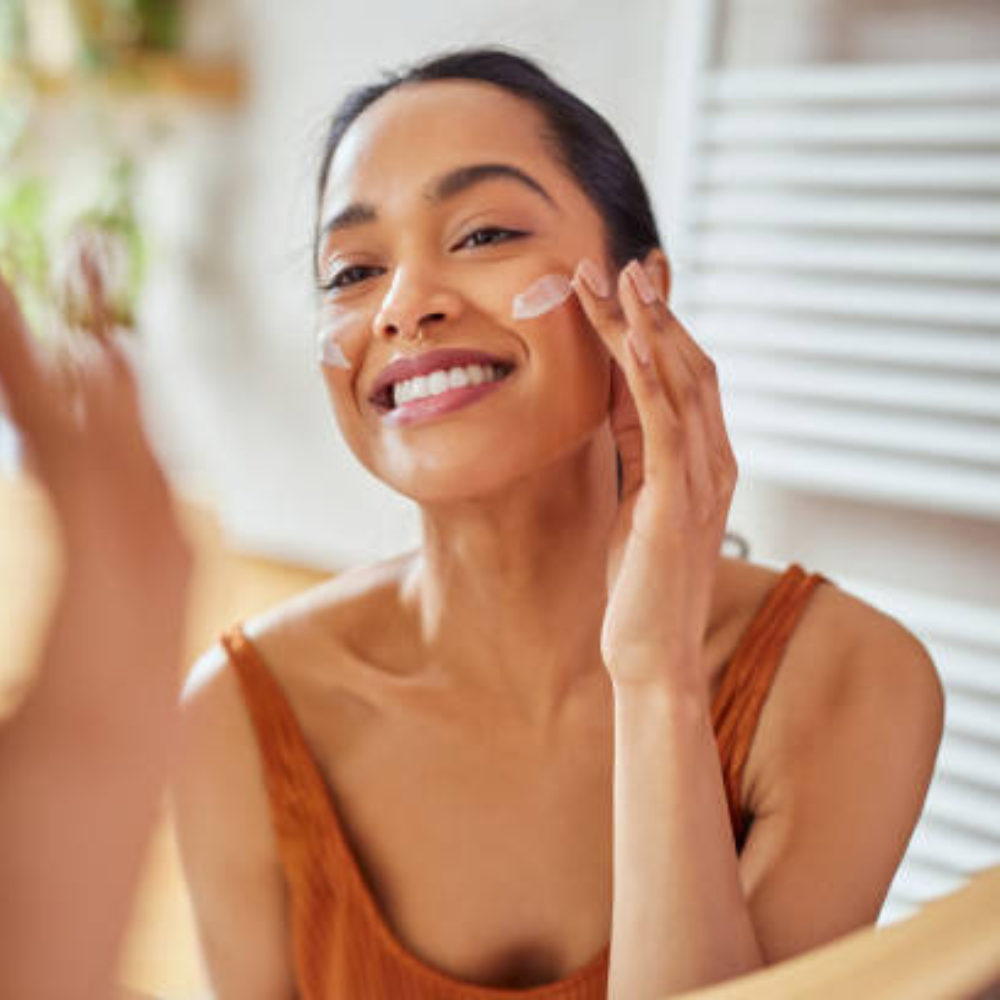
Makeup 101: An Everyday Guide for Beginners

Whether you're new to the world of beauty or just want to perfect your morning routine, makeup can be a source of creativity and of empowerment. That said, let's get real here—getting started can be intimidating. There are hundreds of products, tools, and methods to master, and social media doesn't always help matters.
That's why this guide exists: to demystify it all. No BS, no stress—just a clear, easy-to-follow beginner's guide to get you up to speed on simple, fresh, and totally you everyday makeup looks.
1. Start With Skincare
Prepare your skin first before going on to makeup. Your skin is the canvas – a smooth, hydrated base can make or break how well makeup sits and lasts.
Easy Steps:
-
Cleanser: Delicately dislodges oil and grime.
-
Moisturizer: Hydrates your skin (even for oily skin – don't skip this.).
-
Sunscreen (only AM): Always apply SPF when going out during the day to shield your skin.
-
Primer (optional): A thin primer can help smooth out pores and make your makeup last longer.
-
Tip: When pressed for time, an SPF moisturizer can do two steps at once.
2. Tinted Moisturizer or Foundation
You do not have to use a full-coverage foundation to be polished. Lighter coverage products may even look more natural and are also simpler to apply.
Options:
Tinted Moisturizer/BB Cream: Sheer coverage with moisturizing properties.
Light-to-Medium Coverage Foundation: Suitable if you need more evening out.
Application Tools: Fingers (for a light finish), damp makeup sponge (for natural finish), or brush (for heavy coverage).
How-To
Dot the product on your cheeks, forehead, nose, and chin. Blend outward. Do not forget to blend out towards your jawline.
3. Concealer
Concealers can help cover under-eye darkness, blemishes, and redness. A little goes a long way!
Choosing a Shade:
-
For under eyes: 1 shade lighter than your skin tone.
-
For blemishes: Match your exact skin tone.
Application:
Use a small amount and pat with your ring finger or a sponge. Avoid dragging—patting gives a more natural, less cakey finish.
4. Brows
Your brows define your face. You don't need to overdo it—just a touch of shaping and filling will take your entire look up.
Tools:
-
Brow pencil or brow powder: To fill in thinning spots.
-
Tinted or clear brow gel: To keep hairs in place.
How-To:
Gently fill spaces with hair-like strokes, particularly on the tail of your brows. Soften with a spoolie to comb through.
5. Eyeshadow Basics
For everyday makeup, a neutral eyeshadow palette is your best friend. Think soft browns, peaches, or taupes.
Easy Everyday Eye Look:
-
Lid: Use a medium-toned matte shade or shimmer across the lid.
-
Crease: Apply a slightly darker shade to define your crease.
-
Brow bone: A light, matte shade or highlighter for a lift.
Blend with a fluffy brush to avoid harsh lines. Don’t worry—practice makes perfect!
6. Eyeliner (Optional)
Liner gives definition but can be left out for a more casual look.
Beginner Tip:
Apply a brown pencil liner for a soft look. From the outer corner, smudge lightly inwards. To give an understated look, tightline top lash line (lining under lashes) to give the illusion of longer lashes.
7. Mascara
Do this if you do only one thing. Mascara brightens up the eyes and makes you appear more alert.
How-To:
Wiggle the wand at the base of the lashes and sweep upwards. Apply a second coat for thickness. Waterproof ones are more durable but more difficult to remove, so pick accordingly.
8. Blush for Healthy Glow
Blush gives color to your face and makes you appear more alive.
Types:
Powder blush: Less high-maintenance to use, ideal for oily complexions.
9. Bronzer and Highlighter (Optional)
Bronzer provides warmth and sheer definition. Highlighter provides dewy glow.
Bronzer:
Apply where the sun naturally touches—forehead, cheeks, and jawline.
Highlighter:
Use sparingly on cheekbones, bridge of nose, and Cupid's bow.
Keep it subtle during the day—glow, not glitter.
10. Lips
Complete your look with a pop of color to your lips. Tinted balms, glosses, or nude lipsticks are all great options for beginners.
Newbie Favorites:
-
Tinted Lip Balm: Hydrating with a touch of color.
-
Sheer Lipstick or Lip Crayon: Simple to apply and wear.
-
Gloss: Adds shine and depth.
Tip: Coordinate lip color with your blush for a uniform look.
11. Setting Your Makeup
To keep your makeup fresh all day:
-
Setting Powder: Apply powder with a small brush where needed only—such as your T-zone (forehead, nose, chin).
-
Setting Spray: Spritzes in a few places can help your makeup last longer and prevent a powdery finish.
Final Thoughts
Makeup is a process. What looks fluid and effortless for now might have taken another person several years of training to get perfectly right. Don't compare-play around, enjoy yourself, and take your learning curve.
Every expert was at one point a beginner fumbling with eyeliner and putting on the wrong shade of foundation. What matters is to have a good time and to find whatever works for you.
So grab your brushes, turn on your favorite playlist, and start creating your everyday look—one product at a time.




